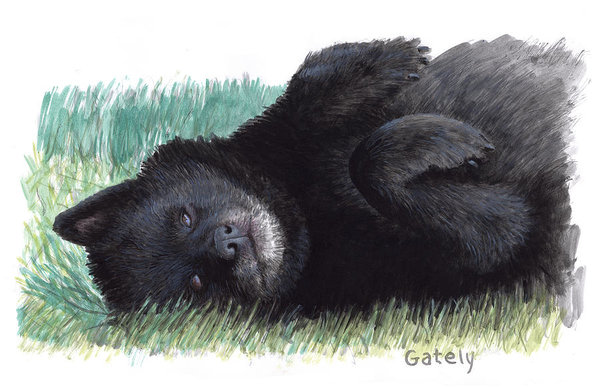
In English-speaking countries, the name, “Schipperke” was thought to mean “little boatman” even though back in the day, they were as much herding dog (and far larger at the time) as they were barge dogs. Indeed, in the areas of Leuven and Brussels, “schipper” was the word for shepherd, and the name would translate as “little shepherd.” The breed’s name doesn’t reflect on another role the dogs would come to play, but more on that further down.
Much of what is known of the origins and early history of the Schipperke comes from Chasse et Pêche, French for “Hunting and Fishing” magazine. The articles were translated into English, and published by the English magazine, The Stockkeeper through the efforts of the magazine’s editor, G.R.Krehl, an enthusiastic admirer of the breed and one of the best known dog fanciers of his day. The magazine covered all the dog shows and top winners of the day, and might have been the 19th century version of Showsight, Canine Chronicle, DN, or the now defunct Dogs in Review.
The breed was formally recognized in the 1880s, and the standard followed in 1889. One supposes that a world war, let alone a second one, was any more expected than was a new use for the breed. It is estimated that approximately five percent of Belgium’s national population was involved in some form of resistance activity during WWII, and they turned to Schipperkes to deliver messages between resistance safe houses and hideouts. In that regard, the Schipperke could rightfully add “war dog” to its resume.
Image: “Good Schipperke” by Robert Gately is available in different fine art formats here
